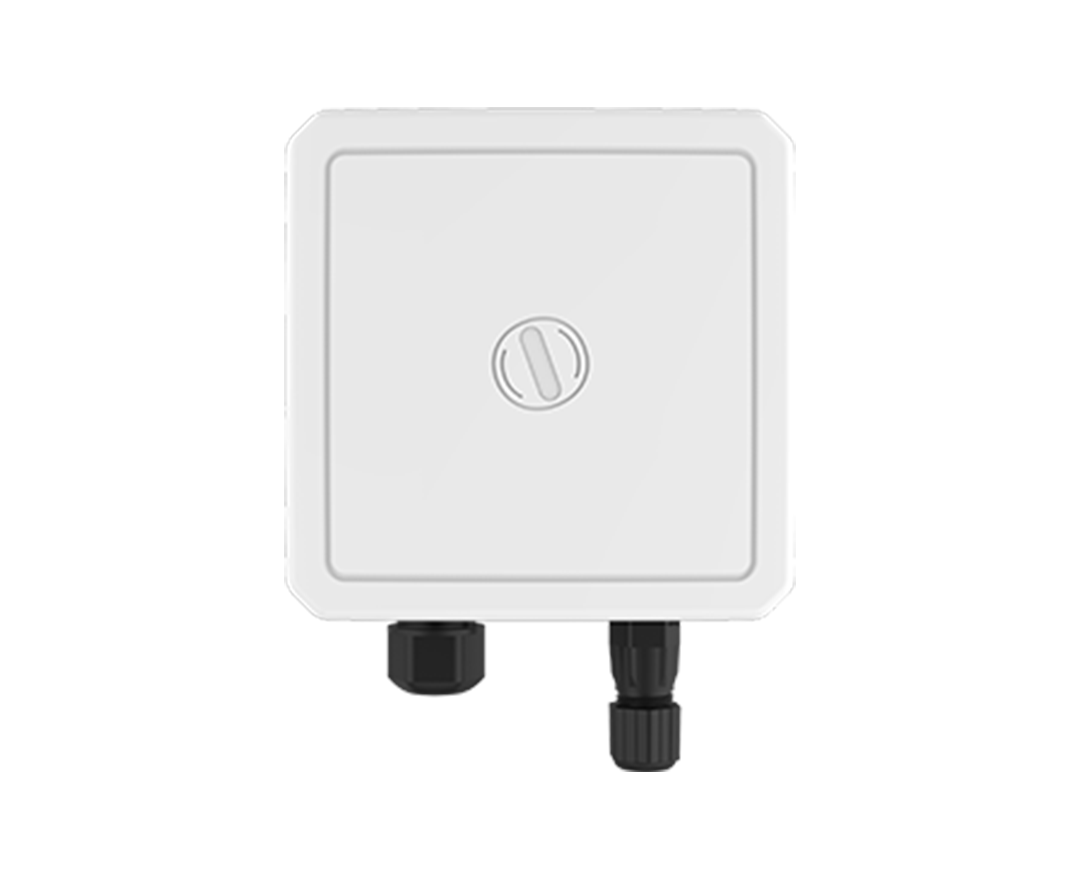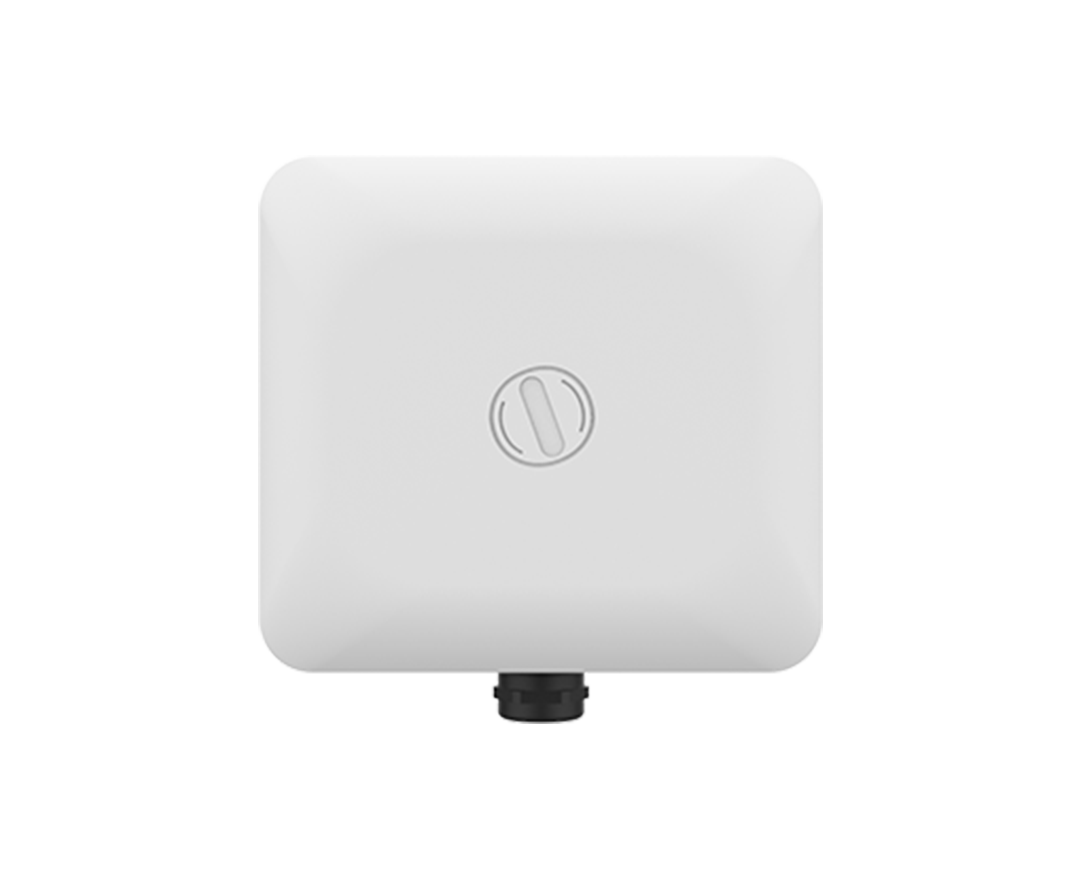Subscribe to Our Updates
Join our community and be the first to receive exclusive insights
You are subscribed now!
Products
Solutions
Resources
Software Platforms
WiFi




Learn how businesses achieve reliable outdoor connectivity with our solutions
The Standard outdoor models (ion4x, ion4x _2, ion4x _3, ion4xe) support temperature ranges from ‑15 °C to +60 °C. The Extended‑temperature variants (ion4x_ext, ion4x _2_ext, ion4x _3_ext, ion4xe_ext) widen the temperature ranges, supporting from -40 °C to +60 °C.
HFCL outdoor APs support both integrated as well as external antenna configurations.
Integrated Antenna APs - A built-in antenna simplifies installations and provides ample coverage for most outdoor setups.
External Antenna APs - The N-connector ports allow you to attach specialized antennas (sector, panel, or omni) with higher gain or focused coverage patterns.
Our outdoor APs are built with rugged enclosures rated for IP66/67 dust and water protection and are tested for heat, cold, wind, and rain. They include surge protection and mounting options for poles or walls, ensuring reliable operation in harsh outdoor conditions.
High-capacity outdoor APs like ion12xe_h2 (4×4 radios) are designed for dense, open-air venues such as stadiums and campuses. For smaller or distributed outdoor spaces, ion4x (2×2 radios) provides cost-effective coverage with enterprise-grade reliability.
Outdoor access points are typically powered via PoE (802.3at/PoE++) to simplify cabling. Mounting options include pole-mount and wall-mount kits, ensuring flexibility for different outdoor layouts. Proper alignment and secure mounting are critical to maximize coverage and withstand environmental stress.
Outdoor Wi-Fi requires careful site surveys to account for open areas, reflective surfaces, and potential interference sources. Use directional antennas or sectorized deployments for long corridors and open parks, and rely on automatic channel/power control to reduce co-channel interference. Pairing outdoor access points placement with predictive coverage tools ensures consistent performance across large outdoor spaces.